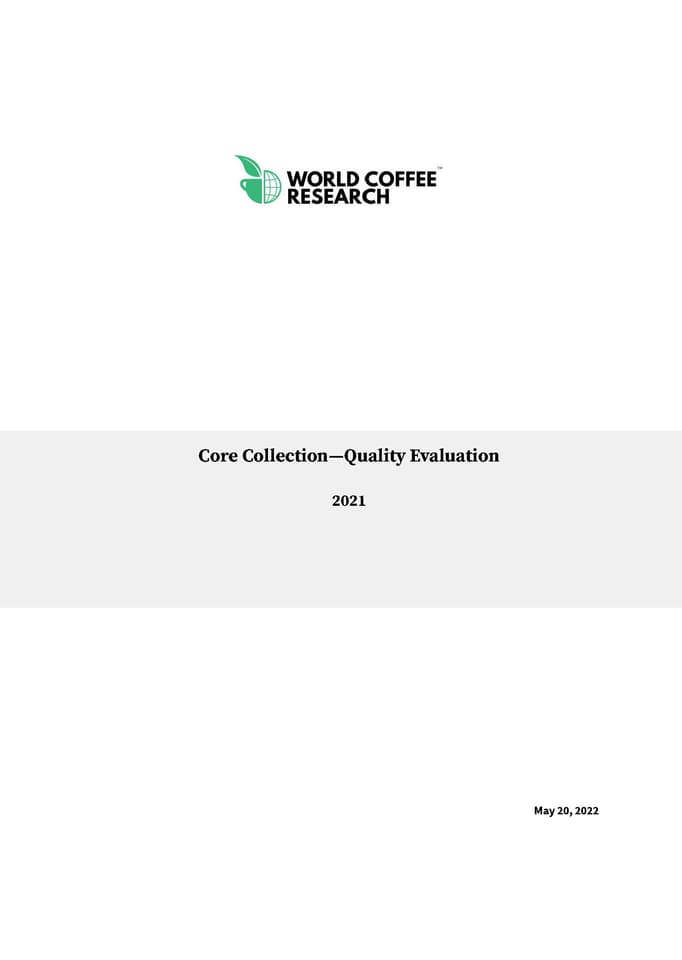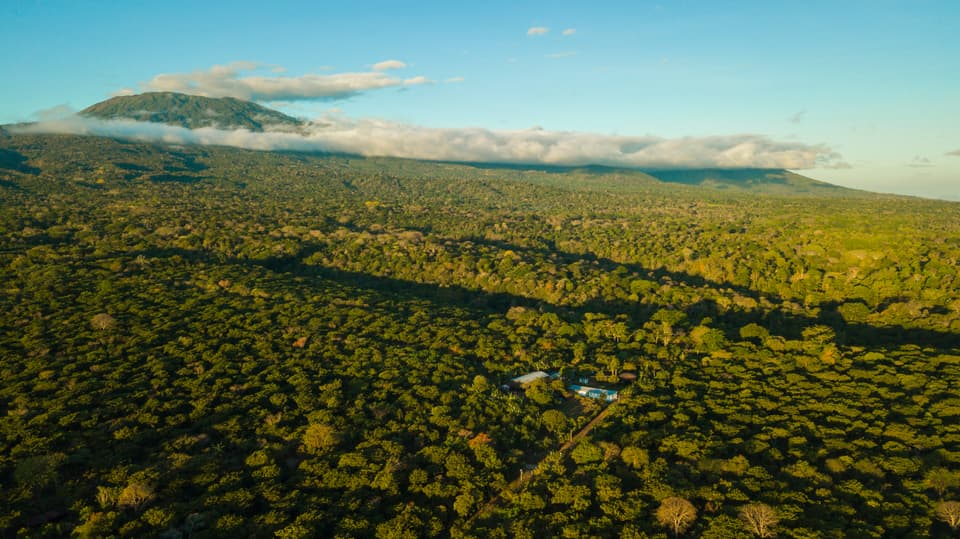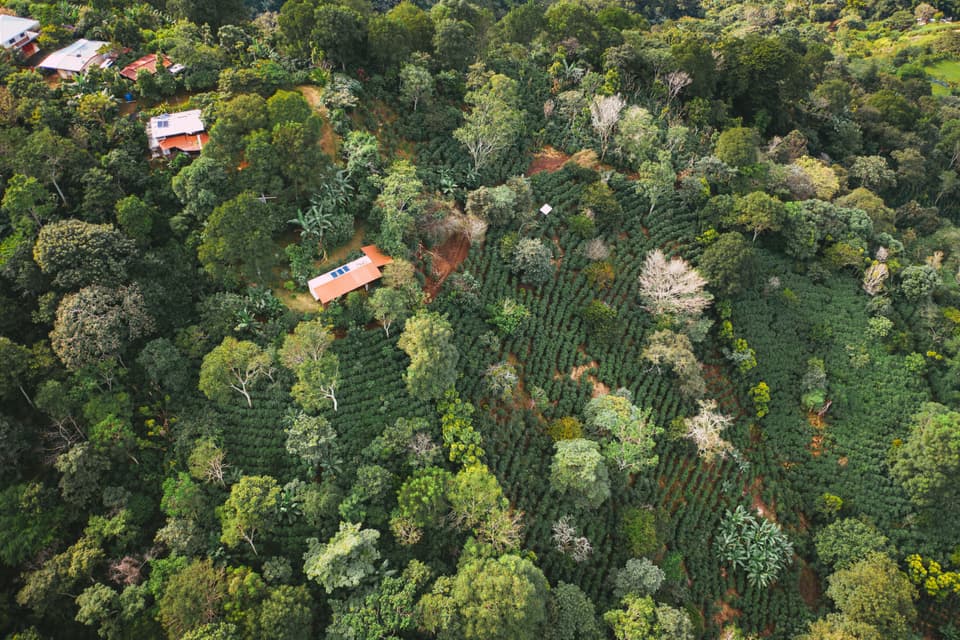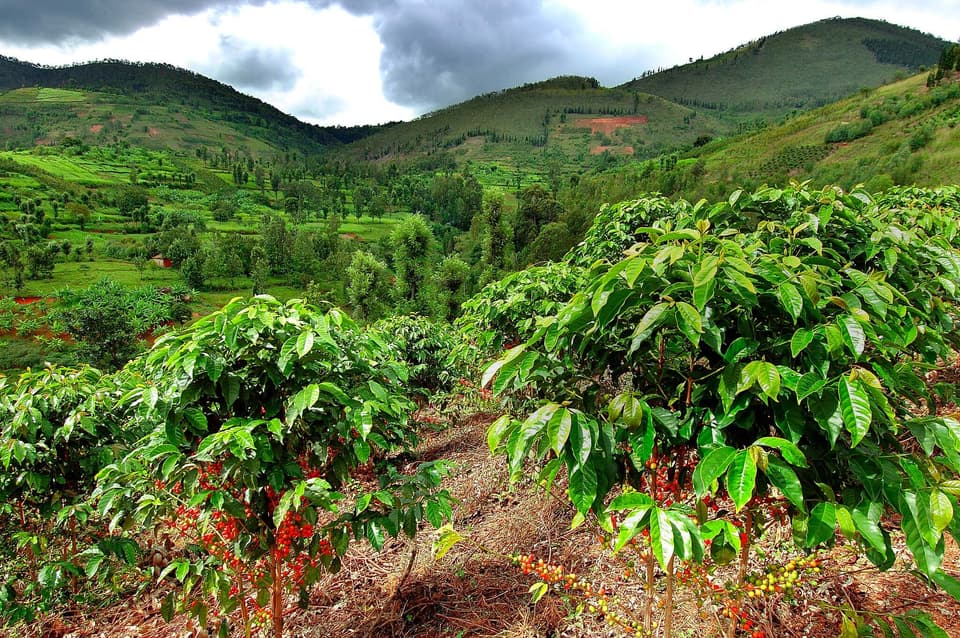Coffea Arabica Genetic Diversity
The problem
The wider a species’ genetic diversity, the greater its capacity for resilience to meet challenges such as diseases, pests, and changing weather—all problems we expect to increase in the coming decades. In order for coffee breeders to create the next generation of coffees with resilience traits, it’s necessary to know what genetic diversity exists in the species and where to locate it. It is possible that huge reserves of genetic diversity exist in arabica germplasm collections that can be tapped to alleviate current and future constraints to arabica supply and quality.
The solution
Nearly 1,000 unique accessions from the CATIE coffee germplasm collection, which contains the overwhelming bulk of genetic diversity available today outside of the Ethiopian forests, were genotyped using whole-genome DNA re-sequencing to measure genetic diversity/similarity.
We looked at 809 C. arabica, 58 C. canephora (robusta), 17 “Arabustas,” 10 C.eugenioides, 12 C. sessiliflora, and 7 each of C. pseudozanguebariae, C. anthonii, and C. brevipes samples. In all, we sequenced 249 billion base pairs in 947 DNA samples.
Findings
The results of our genetic diversity study indicate that arabica have very little diversity. This makes the species especially vulnerable to disease, climate change, and other threats. The most commonly grown coffee varieties are even more genetically narrow than the research collection.
Impact
Understanding the limits of arabica genetic diversity allows us to develop an informed, rigorous strategy for breeding programs to introduce more diversity—and therefore more resilience—into the arabica species. Our study determined that 98 of the arabicas we tested capture ~90% of the total genetic diversity available in the species. They are the most diverse arabica plants available from the CATIE germplasm collection. This group of diverse varieties called the WCR/CATIE Core Collection, has been propagated and installed in field trials in two locations: In El Salvador at the World Coffee Research farm, in Costa Rica at Finca Alsacia, and at the Rubona Research Station of the Rwanda Agricultural Board in Rwanda.







